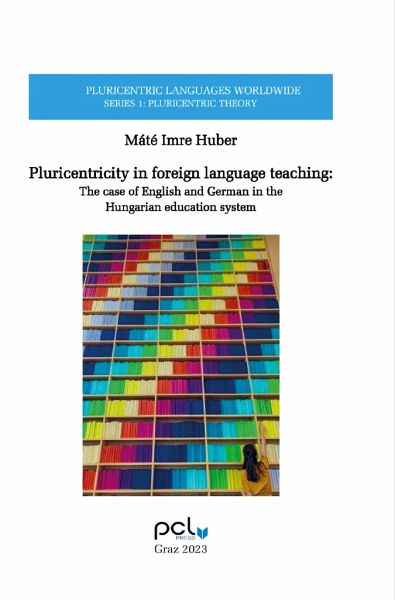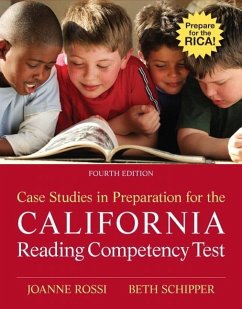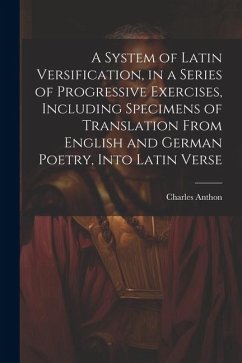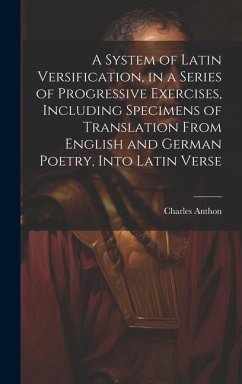
Pluricentricity in foreign language teaching: The case of English and German in the Hungarian education system
Versandkostenfrei!
Versandfertig in 6-10 Tagen
25,73 €
inkl. MwSt.

PAYBACK Punkte
0 °P sammeln!
This book investigates the role of English and German pluricentricity in the Hungarian education system. The underlying research question was: What role does the linguistic diversity of English and German play in language education in Hungary? Three hypotheses were put to the test:(1) Pluricentricity plays a marginal role in the legal-institutional framework of language education in Hungary.(2) Teachers pay little attention to this aspect of language teaching. As learners are more open to differing norms than their teachers, there is a discrepancy between the beliefs of learners and teachers.(...
This book investigates the role of English and German pluricentricity in the Hungarian education system. The underlying research question was: What role does the linguistic diversity of English and German play in language education in Hungary? Three hypotheses were put to the test:(1) Pluricentricity plays a marginal role in the legal-institutional framework of language education in Hungary.(2) Teachers pay little attention to this aspect of language teaching. As learners are more open to differing norms than their teachers, there is a discrepancy between the beliefs of learners and teachers.(3) There is a general predominance of dominant varieties over non-dominant ones.The first and third of the above hypotheses are fully confirmed: there is a predominance of dominant varieties. However, the confirmation of the second hypothesis is only partially achieved, since the interview data provide several counter-examples to refute the first part of the hypothesis. The findings in this book convey a message for the Hungarian education system as a whole, including teacher training, curriculum and textbook development, as well as the everyday classroom practices of teachers.












